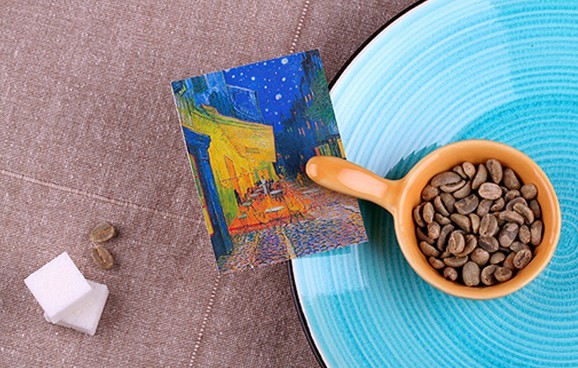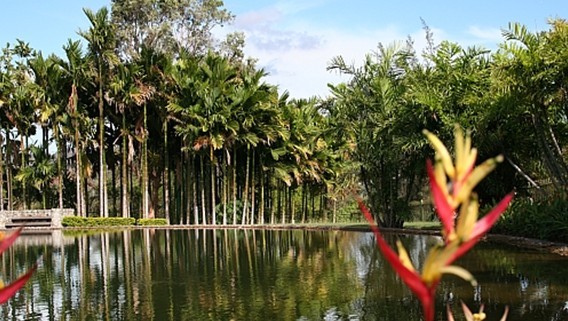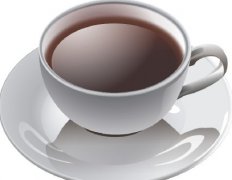Boutique coffee beans recommend Papua New Guinea coffee
In recent years, Papua New Guinea coffee has begun to bring its own unique high-quality washed Arabica beans, representing Asia into the ranks of the world's specialty coffee. Papua New Guinea coffee wind with full particles, moderate acidity, taste mellow taste characteristics.

Papua New Guinea is an island nation in Oceania. In Malay,"Papua" means "curly hair." It is said that in 1545, the explorer Leites arrived on the island and found that most of the hair on the island was curly, that is, the island was called "the island of curly hair people", so this name was passed down.
Papua New Guinea, located in the tropics, has a humid and rainy climate and is rich in coconut and coffee. Forest and mineral resources are also abundant. Laboul is the sixth largest town in the South Pacific island country and an important shipping hub, from which coffee and other goods are exported. Papua New Guinea has a transcendent, pristine natural environment with vast and fertile land. Its characteristic volcanic soil and abundant rainfall create excellent natural conditions for the growth of coffee. Papua New Guinea's top coffee beans are as beautiful and precious as the country's national bird of paradise. Because coffee is commonly grown in the country at altitudes of 1300 to 1800 meters, coffee beans are plump and varied in taste, with pleasant acidity and fruity sweetness.

Papua New Guinea's coffee production is not very high, its coffee beans are carefully processed washed Arabica beans. Generally washed coffee beans, full of bright fruit, but not very acidic. It is characterized by a silky soft taste and excellent aroma, moderate acidity, coffee is relatively rare in the high alcohol and medium acidity coffee varieties, whether it is used to prepare Italian single products or general comprehensive coffee, can make up for the lack of acid coffee.
Papua New Guinea coffee beans taste even better with Guatemala Antigua coffee. As we all know, Papua New Guinea coffee has the characteristics of fruit flavor and herbal aroma, while Guatemala Antigua coffee has a slightly spicy and cocoa flavor, the two mixed drink, the tip of the tongue has both fragrant fruit flavor and cocoa flavor, the two flavors enjoy blending, collision, give people a unique coffee new experience.
Important Notice :
前街咖啡 FrontStreet Coffee has moved to new addredd:
FrontStreet Coffee Address: 315,Donghua East Road,GuangZhou
Tel:020 38364473
- Prev

Boutique coffee common sense Australian coffee
Tea drinks from Asia have become more and more popular in recent years. Australia is the most coffee-loving country in the world, and Australian coffee is being respected at an unprecedented rate. Australian coffee has a moderate sour taste and a slightly bitter taste. Few people know that coffee is produced in Australia, but the coffee produced in Australia is actually of high quality.
- Next

Dominica's Santo Domingo Fine Coffee
Santo Domingo is a city with a history of 500 years. Coffee produced by Santo Domingo and Barney, which is almost synonymous with Domiga coffee, is a world-famous high-quality coffee. Its flavor and taste characteristics: fresh and elegant, full particles, excellent acidity, pleasant aroma. The Dominican Republic is located in the east of the island of Haiti in the West Indies, bordering the Republic of Haiti in the west and the Atlantic Ocean in the north.
Related
- Beginners will see the "Coffee pull flower" guide!
- What is the difference between ice blog purified milk and ordinary milk coffee?
- Why is the Philippines the largest producer of crops in Liberia?
- For coffee extraction, should the fine powder be retained?
- How does extracted espresso fill pressed powder? How much strength does it take to press the powder?
- How to make jasmine cold extract coffee? Is the jasmine + latte good?
- Will this little toy really make the coffee taste better? How does Lily Drip affect coffee extraction?
- Will the action of slapping the filter cup also affect coffee extraction?
- What's the difference between powder-to-water ratio and powder-to-liquid ratio?
- What is the Ethiopian local species? What does it have to do with Heirloom native species?

